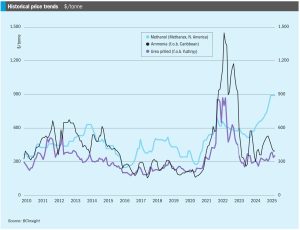
Market Outlook
• Continuing oversupply means that ammonia prices should continue to come under pressure moving into 2H April, though it remains to be seen just how much further values in Asia can decline before producers begin to shutter output.

• Continuing oversupply means that ammonia prices should continue to come under pressure moving into 2H April, though it remains to be seen just how much further values in Asia can decline before producers begin to shutter output.
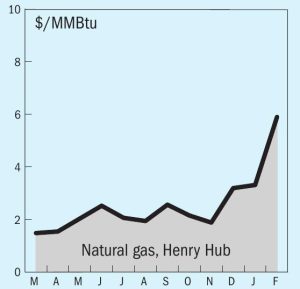
In mid-April, Ammonia prices both east and west of Suez remained firmly oriented to the downside, with supply still heavily outweighing demand and suppliers scrambling to place excess tonnage. Bearish market sentiment was exemplified by a Trammo sale to OCP at $415/t c.fr Morocco, $20/t short of Tampa’s c.fr settlement for April and around $44/t down on February.

thyssenkrupp Uhde has signed a 5-year framework service agreement with Brunei Fertilizer Industries, aimed at advancing digitalisation and implementing clean technologies in the fertilizer industry. Central to these efforts is the set-up and implementation of a digital twin, which will provide a virtual representation of the plant to enable real-time monitoring, predictive maintenance, and data-driven decision-making. This technology, together with specialized trainings, will allow BFI to enhance operational safety, reduce downtime, and achieve greater energy efficiency.
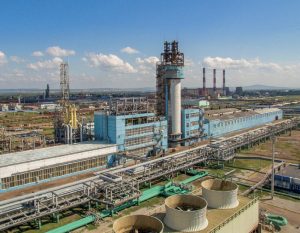
Urea markets are well supplied at present in spite of Chinese export restrictions, but face volatility due to a number of trade barriers and other non-market pressures.
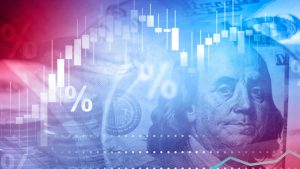
The European Commission (EC) says it has begun tracking European imports of certain ethylene and ammonia products, to allow it to react quickly to level the playing field if the monitoring points to a surge of imports causing or threatening to cause injury to the EU industry. This surveillance has been put in place in response to evidence of a significant and potentially injurious increase in the EU market share of imports of the chemicals. It covers imports of copolymers of ethylene and alpha olefin, urea containing more than 45% (by weight) of nitrogen, and ammonium sulphate from all countries, and should remain in place for a period of three years.
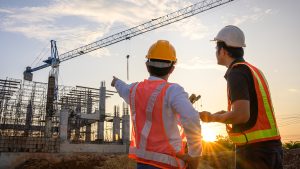
The Kazakh government has approved the construction of a new ammonia and urea plant in the country’s Mangistau region, on the eastern shore of the Caspian Sea. Construction will be carried out by a joint venture between QazaqGaz National Company and ESTA Construction under Qazesta Fertilizers Ltd. The total investment for the project is $1.35 billion, with construction expected to be completed within three and a half years. The plant’s annual production capacity is projected to reach up to 700,000 t/a of urea and 420,000 t/a of ammonia, adding value to the country’s natural gas production and helping to substitute domestic production for foreign imports of nitrogen fertilizer. Despite a national demand of 3.2 million t/a, domestic production currently only meets about half of that need.
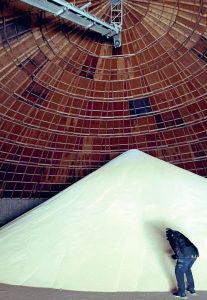
Mark Brouwer of UreaKnowHow.com reviews the main production options for incorporating sulphur into urea
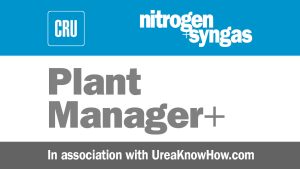
Green urea is urea based on green ammonia produced from renewable power via electrolysers and bio-based carbon dioxide and its colour is the same as normal urea. But in this round table discussion we discuss the possible causes for urea turning a green colour as found by the initiator of this discussion. We will learn that the colour of urea can be reddish or brownish in certain conditions where corrosion rates are high and/or oil fouling is high. But what can cause urea to turn green? n
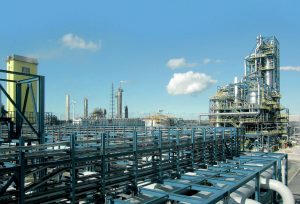
Revamps are performed to deliver production improvements at existing urea plants.

A review of papers presented at CRU’s Nitrogen+Syngas 2025 Expoconference, held in Barcelona from February 10th-12th 2025.